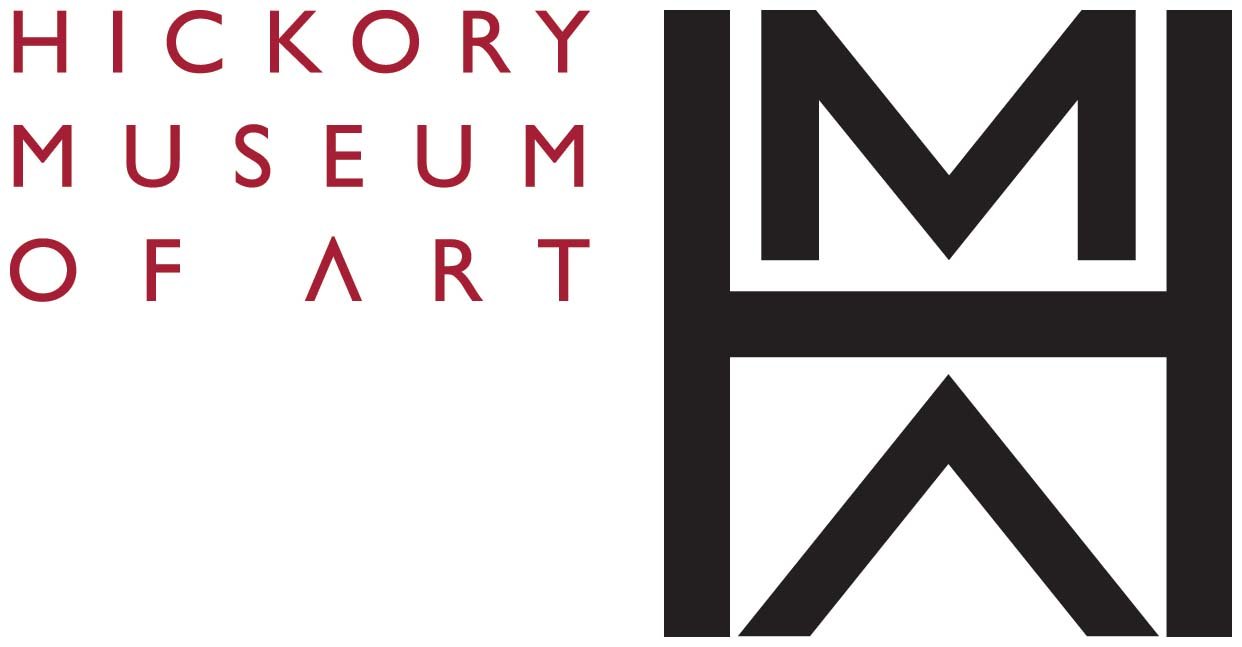Art. I have loved it for over five decades.
I grew up in an education system that enabled the art teachers to expose us to the allure of art, something very unusual in today’s curriculum if it happens at all. Art doesn’t seem to be at the top of education budgets any more.
I met Mrs. Marie Gavin in fifth grade at my elementary school in Philadelphia. When I first met her she seemed stern and unfriendly. However, when she talked about art, it was like a halo rose from behind her head, parked itself on top of her head, and a smile followed. Her transformation was genuine.
Our class was a melting pot of colors and cultures. Back then, the teacher-child ratio was very manageable, with smaller classes than all too often today. We spent one month looking at prints of the work of Old Masters (that is, the best of those who worked in Europe before about 1800), and then continued with Henry Matisse, Paul Gauguin, Vincent Van Gosh, Paul Cezanne, and Edgar Degas.
I remember seeing my first print of the Sistine Chapel, and learning how The Creation of Adam by Michelangelo came about. The Biblical stories portrayed on the ceiling had already been introduced to us by our weekly Sunday School. The characters on the Sistine Chapel frescoes became alive from my seeing them, and gave me a hunger that Mrs. Gavin recognized. She took me under her wing and met me after school to share more of her love of art. We studied the life of the artists; and it was not long before I could be given a set of prints without names, and successfully match them up to the artist.
In class we studied the periods of art, with a degree of detail that I now think was quite high for fifth graders. Mrs. Gavin gave us beautiful prints to take home and we always had to write one page of lined paper for a report about one of the prints. She was an advocate of good penmanship and several students’ reports were returned to be “copied over.”
Daumier/Third Class Carriage. The third-class carriage was full of citizens who were in the bottom of society.
One of my favorite periods was the Realism Art Movement, from 1840 to 1870. This period showed great emotion to me as it covered people in real life, struggling. Lower and middle class society was depicted in harsh, everyday society. For instance, the work of Honoré Daumier covered how cruel a society could be in social and political life in France. It touched my heart to see how life was.
After Christmas break that year, Mrs. Gavin announced a field trip to the Philadelphia Museum of Art. My mother told me I did not sleep for days because I was so excited. We had four classes about the museum to prepare us; but even so, I don’t think any instruction would have prepared me for my first visit.
Philadelphia Museum of Art
I remember the bus pulling up to the museum. It was overwhelming. Although we had passed it as a family in our car on the way to the New Jersey shore, I never really had a good look at the immense presence of the Philadelphia Museum of Art. We climbed the many steps and entered a world that left an impression on me, including how I was so disappointed we would not be able to visit every floor on that first visit. But Mrs. Gavin whispered in my ear, “Don’t worry BettyGrace, we will be back many times.” And many times we did go back. When it was not on a school field trip, Mrs. Gavin and her husband Jacque would pick me up at my home and we would drive down to 2600 Benjamin Franklin Parkway where the Museum still reigns.
I remember when I first saw Grace Kelly’s wedding dress at the Museum. The wedding had been watched on television by millions and I recall the Princess floating down the aisle in this exquisite gown. The girls in the class loved it. And then to see the actual dress!
The Asian exhibits were fascinating because my brother had married a girl from Korea during that war. Japan and Chinese art was so peaceful and delicate to look at. We often would go just to catch a certain artist on exhibit.
I visit my birthplace often, and try to work in a visit to the Philadelphia Museum of Art every time. However, if it were not for the love of art instilled in me by Mrs. Gavin, I don’t think my interest would have traveled in that direction all these years. It is a magnificent museum, and the city itself holds so many other wonderful venues of art to visit.
But it all goes back to the knowledge and enthusiasm from my elementary art teacher. It was then I fell in love with art.
If your child is not being exposed to art in their school curriculums, visit the Hickory Museum of Art. And it is free!
Betty O’Hearn is a volunteer at the HMA, helped coordinate the Eddie Hamrick Exhibition, and now serves on the Executive Committee of the HMA Guild. In September she will help administer a program at HMA for financially challenged seniors. She also writes poetry and is a part of Hickory Poetry and the Art of Poetry.






